OSB v plywood - which is best?
Odds are, that if you pass a housing development of wood-framed houses, it will have OSB (oriented strand board) as exterior sheathing. When you count sub-floors, roofs and wall sheathing, OSB claims about 70% of the wood sheathing market in North America over plywood. Both products have benefits and drawbacks; we will go over those, starting with their composition, and explore "which is better?" Especially in relation to OSB or Plywood use for Roofs, Walls & Floors.
OSB is made of small and fairly rectangular-shaped wood chips from small resinous trees, which are bonded into a panel form with wax and synthetic resin. Plywood on the other hand, is made with thin sheets of wood that have been cut from a spinning log, then glued together with the grain laid out in alternating directions to maximise strength. OSB can be made with smaller trees while plywood requires more mature trees, big enough that a thin veneer can be cut off of a spinning tree (as seen in the video at the bottom of the page).
The history: plywood dates back about a hundred years, but it took decades before it replaced solid planks as the industry standard for closing up a house. OSB showed up in the early 60s and had a similarly slow start; it wasn't until around the year 2000 that it overtook plywood as the sheathing of choice in the North American housing market.
The current domination of OSB can be traced to one main thing - it's cheaper. Sheathing a 2,400 sq. ft. home at current prices would cost about $700 more with plywood than OSB.
Both types of panels contain phenol-formaldehyde in the adhesive, OSB also contains isocyanurate resin, but neither contains the urea-formaldehyde which is quite toxic to humans. While those names may make them sound pretty nasty, neither will off-gas and they aren't considered a major contributor to air pollution in homes anymore. Urea-formaldehydes are still found in other panels used for interior finishing, such as MDF (medium density fiberboard), which researchers have long concluded does off-gas into homes.

OSB and plywood offer similar (and sufficient) performance in terms of strength and functionality, though plywood is about 7% stronger. The main difference between the two is how they handle moisture, and oddly enough there are wildly varying conclusions - from very reputable sources - as to just how vapour permeable they are. We don't do any in-house testing so all we can do is report on the conclusions of others. With an absence of consensus among researchers, we will start off with the general conclusions that all parties agree on - plywood is more vapour permeable than OSB.
Plywood will absorb moisture quicker than OSB, but consequently it will also dry quicker. Both products will swell when wet, but plywood will return to almost its exact shape when it dries. OSB is less forgiving of being left out in the rain and will show more deformities after a wetting and drying cycle.
Beyond concerns about exposure to moisture during construction, is the moisture that can infiltrate through wall assemblies after completion. How durable a wall is depends heavily on its ability to dry, and how well it can dry depends on the materials you chose for your wall assembly, your 'recipe' if you will.
Permeability: which works better OSB or ply?
The vapour permeance of building products is expressed in Nanograms in Canada (NG), as in how many NGs of moisture can pass through a material, tested under specific conditions. In the US they go by 'perms', and 1 US perm is equal to 57 NG (60 NG is the Canadian vapour barrier benchmark, which is close enough for jazz). So for simplicity, we're going to roll with perms only from here on.
Between .1 perms and 1 perm, a material is classified as a type II vapour retarder, which is suitable for use as what is exclusively known as a 'vapour barrier' on a work site, the standard 6 mil polyethylene. And remember - a vapour barrier goes on the inside of a wall, NOT the outside. Since we intentionally contain water vapour on the interior of a building with a vapour retarder, the more vapour-permeable the exterior of your wall is, the less likely you will have moisture buildup inside.

The vapour-permeable elephant in the room?
The most commonly held opinion among building industry experts that we have read and spoken with, is that OSB has a perm rating of 2 and plywood has a perm rating of 10.
Those are the perm ratings you will find on many building information websites, though it conflicts with what is found in section 9.25.2.1 of the Canadian National Building Code, which rates the standard 7/16" OSB at 44 NG (2/3rds of a perm) and 3/8" plywood at 57 NG, or 1 perm. Since anyone using plywood as sheathing will usually use 1/2" (also 2/3rds of a perm), according to code, all sheathing is a Type II vapour retarder, the same classification given to 6 mil polyethylene.
Those standard 2 and 10 perm ratings don't indicate any change in permeability due to changes in relative humidity, so they also heavily conflict with the table below from Oak Ridge Research Laboratories which shows plywood to have a range of between about 1 perm and over 20 perms, depending on relative humidity.

So who should you believe? Let us know when you figure it out. It's hard not to consider the building code as inherently trustworthy, but the same can be said for other reputable but contradicting sources. Since they all conclude that plywood is more vapour permeable than OSB, we will cling to that like a cat to a screen door - fairly confidently, but aware of the precarious nature of the situation.
Even if there was consensus on sheathing permeability, that rating would not complete the equation as it will be affected by the weather resistive barrier (WRB) you install next, and those range from about 5 or 6 perms to up around 60 perms.
Here is an example of that, assuming the 2 perm rating:
- 2 perm 7/16 OSB sheathing with a 30 perm WRB results in 1.88 perms
- 2 perm 7/16 OSB sheathing with a 5 perm WRB results in 1.43 perms
That may not seem like a lot, but when you are that close to the danger zone, a 24% difference in permeability between final products is worthy of note. And remember that those are the higher of the estimated perm numbers, and the best case scenario once a weather barrier is on.
Panel thickness will also affect permeability - using the 2 perm variable of 7/16ths OSB sheathing, at 3/4" thickness the permeability drops to 2/3rds of a perm.
Plywood's advantage over OSB?
That, in a nutshell, is the one big advantage plywood holds over OSB. The greater ability a wall has to dry, the more durable it will be, and everyone agrees that more moisture will pass through plywood. This is not a suggestion to never use OSB, but it is a recommendation to factor all the variables and make sure that collectively the components of your wall assembly will not trap moisture inside.
Insulated OSB & ply sheathing products:
Here is where it gets even more complicated. Though there are differences in provincial Building Codes, changes were made to the Canadian National Building Code in the last few years to add the requirement of a seamless thermal break to building envelopes and a higher total R value.
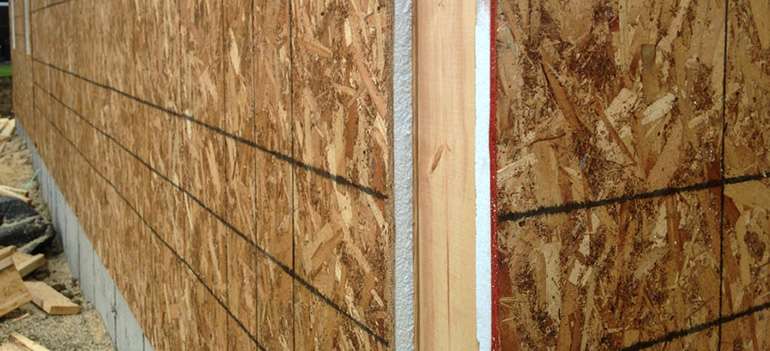
For better or worse, the market has stepped up and provided many optional solutions to meet these requirements; for example, rigid insulation with membranes attached, or sheathing with foam insulation attached, as seen in the image above of the corner of a house under construction.
It doesn't appear such products conform with the requirements laid out in section 9.25.2.1 of the Building Code, which says that 20% of the total insulation should be located on the exterior of the sheathing, and those panels are designed with it on the interior. Placing insulation on the outside would keep the sheathing warmer, and reduce the risk of condensation forming. Placing it on the inside of sheathing could have unanticipated and undesired results.
And this from the Canada Mortgage and Housing Corporation's Canadian Wood Frame House Construction guide on wall permeability:
"Some rigid insulation products such as extruded polystyrene are also relatively vapour impermeable. If used, care must be taken in the selection of cladding material and detailing to ensure that no significant amounts of water reach the interface between the extruded polystyrene insulation and the vapour permeable sheathing membrane. This risk may dictate the use of insulation products with high vapour permeability and low water retention, such as mineral fibre."
Where to put vapour barriers (CMHC):
"Materials that act as vapour barriers (vapour retarders), including certain types of insulation, must be located within the assembly so that moisture moving from the inside to the outside does not condense and accumulate within the assembly. This means that vapour barriers should be located on the warm side of insulating materials." - Canada Mortgage and Housing Corporation
Manufacturers spec sheets we've read claim perm ratings of between 1 and 2 perms, but that doesn't inspire a great amount of confidence given that that conclusion was obviously arrived at by using the most favourable of the available numbers. At least some of these panels are said to be perforated to allow for increased moisture permeability, but a close look at the panel in the photo above at least, shows no visible perforations. So if they are there, they are no bigger than a needle point.
It would seem then possible at least, for moisture to migrate through the EPS and condense on the sheathing, certainly if you believe the lower of the OSB perm ratings. Without seeing the long term results of insulated sheathing products or at least some independent research on it, It's hard to know what will happen.
Given all the contradicting conclusions from credible researchers, we like to make sure what we do and recommend considers this basic law of physics - warm, humid air condenses and leaves moisture on colder surfaces. Anyone who has ever held a cold drink on a hot day knows this instinctively. So if you keep a condensing surface warmer, you reduce the risk of moisture accumulation.
What still makes sense today in this advanced world of software modelling is the 'old two-thirds rule' which is about putting 2/3rds of your total amount of insulation on the exterior of the sheathing, a formula that is tried and true. It keeps the sheathing warmer, and there is no question that that reduces the chance of condensation forming inside walls. In modern times, this is known as the REMOTE wall. and if you stick a hefty amount of mineral wool on the exterior of sheathing that lets vapour go right through it, all the confusion with sheathing perm ratings becomes a moot point. For further information on using OSB as an air and vapour barrier on the inside of walls - see here
Plywood is better than OSB for subfloors:
Despite its common use as such, we don't recommend using OSB for subfloors, but that's really just for aesthetic reasons. New homes will usually see a few rainfalls before a roof is on, and as noted above, OSB doesn't handle moisture well. In the case of a subfloor, deformations left in the OSB after it dries can lead to wavy flooring.
Some developers have had problems with that when delivering homes to the owners and had to pull up and replace newly installed hardwood floors. The ability of plywood to return to shape after wetting makes it a lot less risky in this application, and while a little more expensive, that's still cheaper than having to replace a floor.
When sheathing a roof; is plywood or OSB best?
In an ideal world, you would schedule your roof construction during a dry period if possible. Depending on your roofing design, allow time for membranes to be installed, or at the very least get a tarp on it before it sees any rain. Roofs are probably the better of the applications for OSB if you take steps to keep it fairly dry. Severe wetting may lead to swollen edges - that may be noticeable with asphalt shingles, but less so with other materials.
Now that you know how to choose between OSB and plywood sheathing, learn more about sustainable building materials in the Ecohome Building Guide and these pages below :
Take out a free Ecohome Membership here and find out what perks come with it! |
And for amusement purposes, here is how plywood is actually made:



































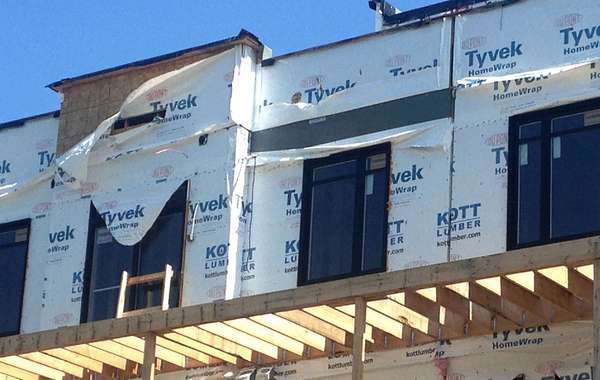
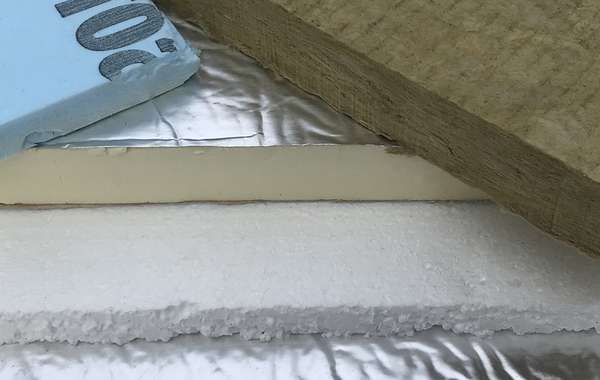
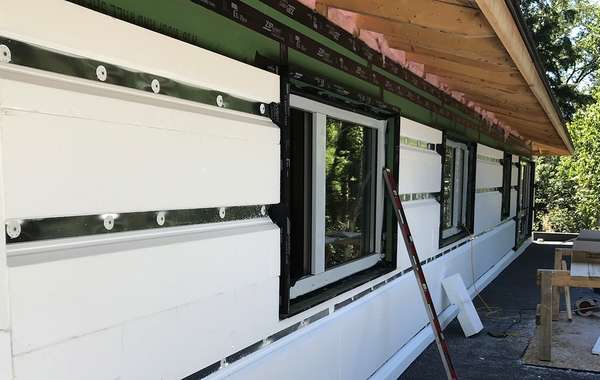
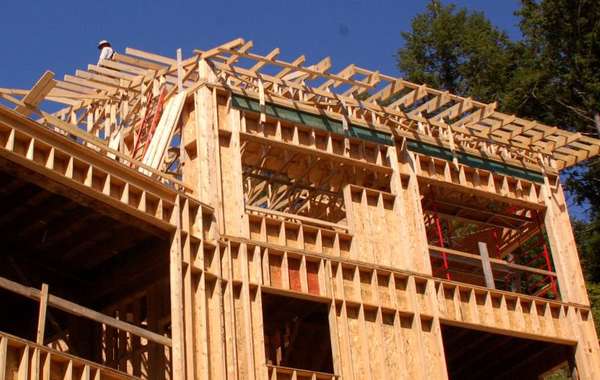


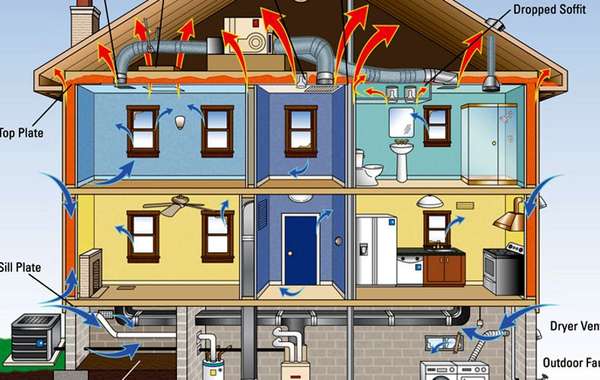
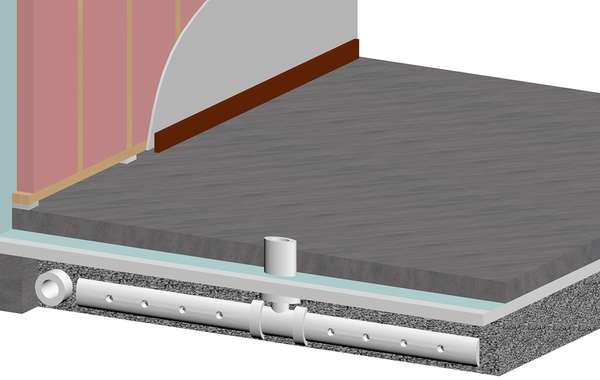

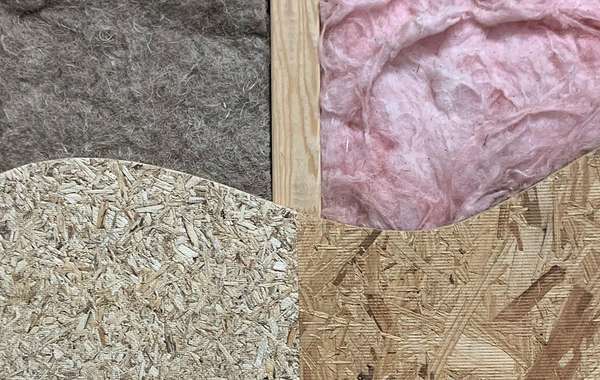
I have found that OSB is really highly combustible. I have used scraps of OSB to start my outdoor fireplace......in the rain!
Good article. For anyone looking for table 9.25.2.1, there was a type and you need to look for 9.25.5.1
You can get this crown jewel free as a PC locked PDF. Total hassle, naturally.
https://nrc.canada.ca/en/certifications-evaluations-standards/codes-canada/codes-canada-publications/national-building-code-canada-2015
Interesting read as always.
I haven't read the building code for some time. So the building code now recommends 20% of insulation on the outside of sheathing. Hmm. All the homes I see being built right now in my area. Not one builder is following this recommendation (other than a couple local quality builders who care about their reputation). Interesting that it is only a recommendation and not a requirement. The quality builders are using the expanded foam on the exterior and this eliminates the vapour barrier on the inside. The good ones also wrap the exterior openings with membrane, use ice shield for the first row of shingles and valleys, and roofing felt under the shingles.
As far as the OSB vs plywood. Yeah builders who come and go, they'll use OSB for everything. You see the new homes being built. It's been raining for a week and the interior floors are sheathed with OSB, soaked. And the other ones with the bundles of shingles sitting on the peak just waiting to get done. Again soaked. If new home buyers only knew the facts.
As far as OSB for subfloors, our house is 37 years old. It was 18 years old when we purchased it. And yes the floors have OSB for the floors. The first thing I noticed when we bought it were the sags between joists, not to mention the queeks from the ardox nails. The movement in the floor was causing the parquet floor to come undone. I have been renovating the house and as a new room is getting done, I screw the OSB down. Then glue and screw 1/2" plywood down. Rock solid floor.
Plywood is 7% stronger then OSB? Not sure where your information source is but it's wrong. OSB is continuous it's all bonded together as one piece , plywood is made up of 3-5 individual layers, it's not continuous. Individual layers vs continuous solid layer. OSB is by far stronger the plywood. It's a fact
Plywood sub floors are not better then OSB floors the plys delaminate from moisture before OSB will breakdown. Installation is a key for either, properly spacing the sheets for expansion and glueing sufficiently is critical